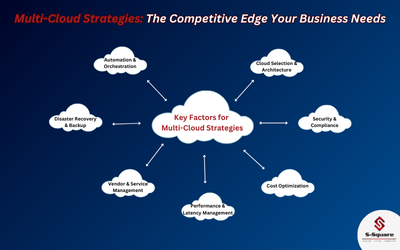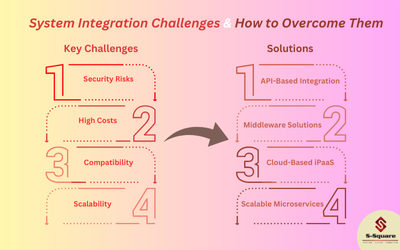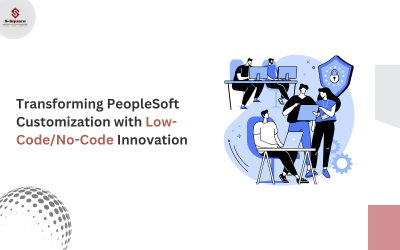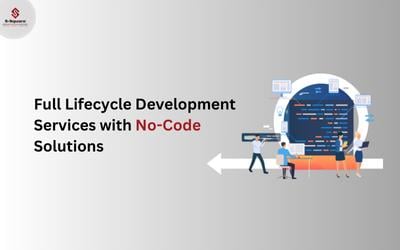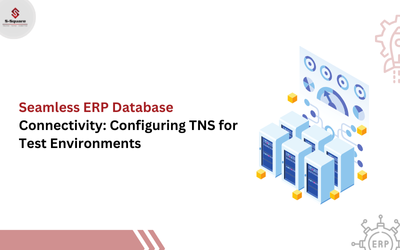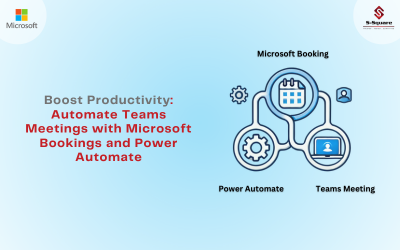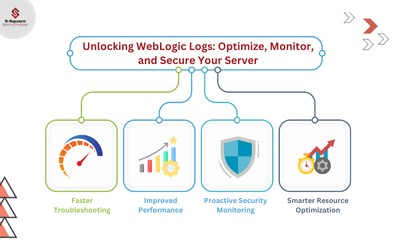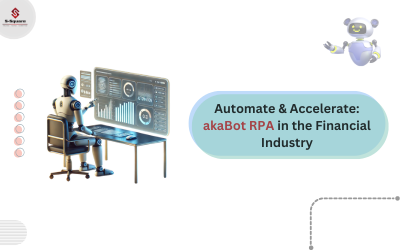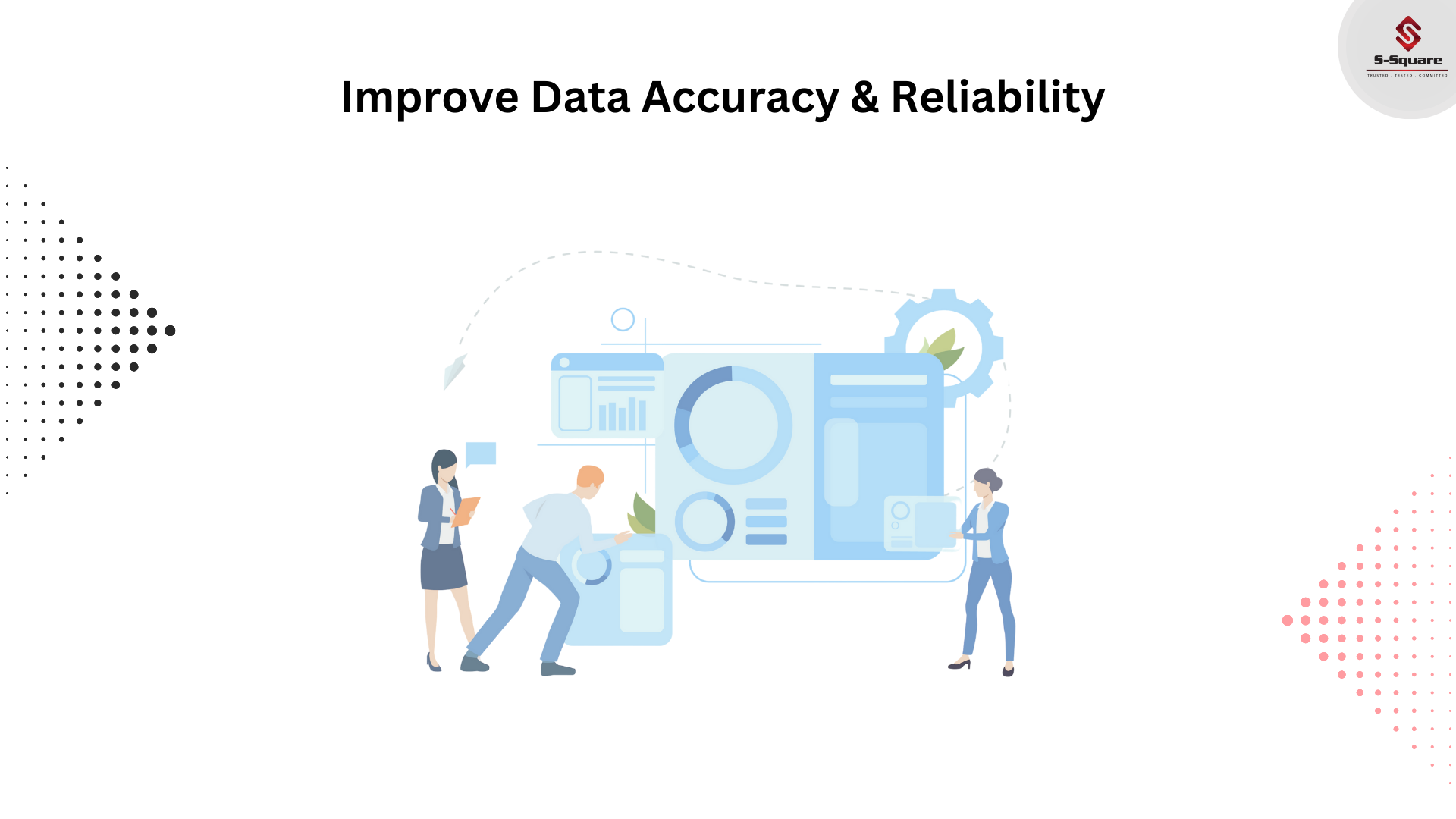
The cost of doing nothing explodes over time:
Poor data quality can be mitigated much more easily if caught before it is used — at its point of origin. If you verify or standardize data at the point of entry, before it makes it into your back-end systems, we can say that it costs about $1 to standardize it. If you cleanse that data later, going through the match and cleanse in all the different places, then it would cost $10 in comparison to the first dollar in terms of time and effort expended. And just leaving that bad quality data to sit in your system and continually give you degraded information to make decisions on, or to send out to customers, or present to your company, would cost you $100 compared to the $1 it would’ve cost to actually deal with that data at the point of entry, before it gets in. The cost gets greater the longer bad data sits in the system.
Ensure, analyze, and monitor data quality at its source:
A proactive approach to data quality allows you to check and measure that level of quality before it even really gets into your core systems. Accessing and monitoring that data across internal, cloud, web, and mobile applications is a pretty big task. The only way to scale that kind of monitoring across all of those systems is through data integration. It, therefore, becomes necessary to control data quality in real time. Of course, avoiding the propagation of erroneous data by inserting control rules into your data integration processes is key. With the right tools and integrated data, you can create whistleblowers that detect some of the root causes of overall data quality problems. Then you will need to track data across your landscape of applications and systems. That allows you to parse, standardize, and match the data in real time. You can organize the activity to check the correct data whenever needed.
Data stewardship: delegate the data to the people who know it best.
More than a tool just for data stewards with specific data expertise, IT can empower business users to use a point-and-click, Excel-like tool to curate their data. With Talend Data Stewardship you can manage and quickly resolve any data integrity issue to achieve trusted data across the enterprise. With the tool, you define common data models, semantics, and rules needed to cleanse and validate data, then define user roles, workflows, and priorities, and delegate tasks to the people who know the data best. Productivity is improved in your data curation tasks by matching and merging data, resolving data errors, certifying, or arbitrating on content. Because it is fully integrated with the Talend Platform, it can be associated to any data flow and integration style that Talend can manage, so you can embed governance and stewardship into data integration flows, MDM initiatives, and matching processes.





